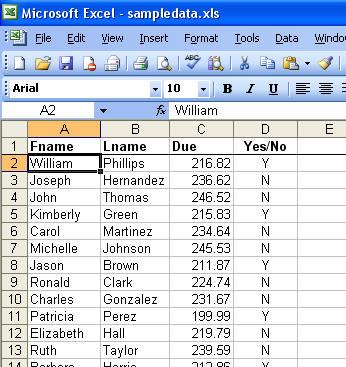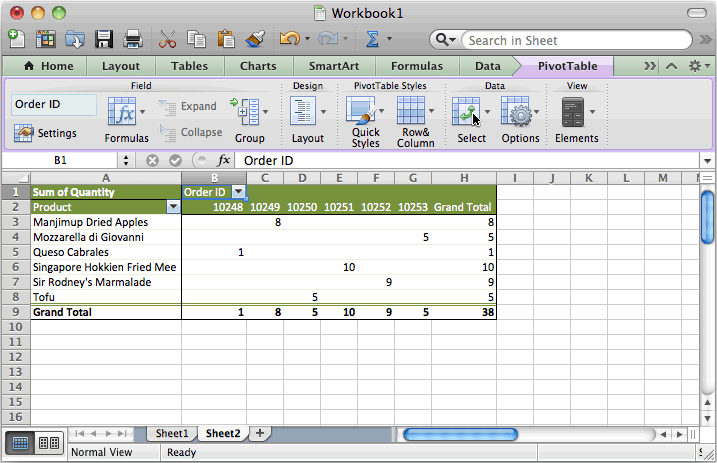

Macro #4: Delete Rows When The Entire Row Is Empty (Option 1). Summary Of Process Followed By Delete_Blank_Rows_3 Macro. Macro #3: Delete Rows Based On Whether Cells Are Blank. Summary Of Process Followed By Delete_Blank_Rows_2 Macro. SpecialCells(xlCellTypeBlanks).EntireRow.Delete Macro #2: Delete Rows Based On Whether Any Cell In A Given Range Is Blank (Option 2). Summary Of Process Followed By Delete_Blank_Rows Macro. Line #3: Selection.SpecialCells(xlCellTypeBlanks).EntireRow.Delete. Macro #1: Delete Rows Based On Whether Any Cell In A Given Range Is Blank (Option 1). Macros To Delete Blank Rows Or Rows With Empty Cells: Sample Data. 
You can use the following outline to skip to the macro (or section) that you're interested in: The main difference between Macro #4 (named Delete_Empty_Rows) and Macro #5 (named Delete_Empty_Rows_2) is the way in which they are structured.
The last 2 macros delete rows when the entire row is empty. Basically, Macros #1 and #2 work with absolute references whereas Macro #3 works with relative references. Delete_Blank_Rows and Delete_Blank_Rows_2 work on a cell range that is fixed in the VBA code. Macros #1 and #2 is that Delete_Blank_Rows_3 works with the cell range that you've selected immediately before executing the macro. The main difference between Macro#3 vs. Macro #3, named Delete_Blank_Rows_3, deletes entire rows based on whether a cell of that row within the current selection is empty. Whereas Macro #1 uses the Select method and the Selection property (both of which I explain below), Macro #2 is structured around a With…End With statement (which I also explain below). Macro #2, named Delete_Blank_Rows_2, achieves the same purpose as Macro #1 but uses a different structure. Macro #1, named Delete_Blank_Rows, deletes entire rows based on whether a cell of that row in a given range is empty. The first 3 macros delete a complete row based on whether it has empty cells. The 5 macros that I explain and explore in this tutorial achieve the following: These thorough explanations should help you understand what the macro is actually doing and, at the same time, improve your understanding of macros and Visual Basic for Applications. #Excel for mac delete row code#
In addition to the VBA code itself, each macro is accompanied by a very specific explanation of how each application is structured and what the purpose of each statement is. Instead of trying to re-invent the wheel, in this tutorial I show you 5 of the most common examples of macros to delete blank rows or rows with empty cells quickly and easily. In fact, you can find many different suggestions online. There are several ways to create a macro that deletes blank rows or rows with blanks cells. You can do this, among others, using macros. The main point is: you want to be able to delete blank rows or rows that have blank cells quickly and easily. This includes, for example, when you import an Excel worksheet into other applications, such as Access. Blank rows can generate several different problems. In this tutorial, I focus on a very “dangerous”, annoying and common situation when working with data: the existence of blank rows and cells in data sets. Data scientists spend a substantial amount of time collecting and preparing data.Īs you're probably aware, the process of cleaning up data with Excel can be automated to a certain extent using tools such as Text functions or macros.

You're probably aware of how annoying and time-consuming cleaning up data can be.







 0 kommentar(er)
0 kommentar(er)
